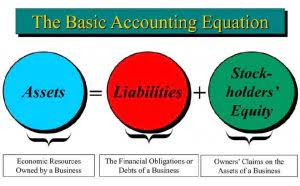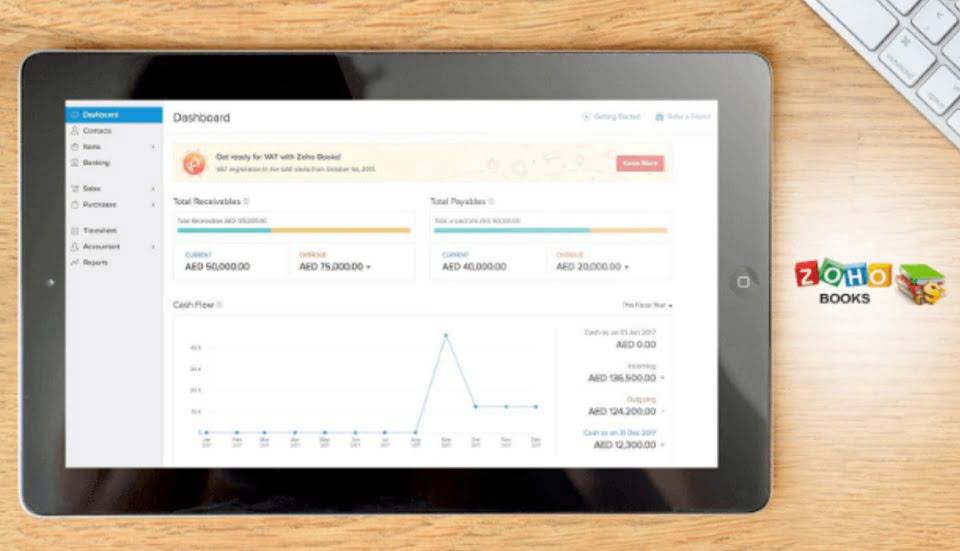Why Do You Subtract the Change in Net Working Capital?

The quick ratio—or “acid test ratio”—is a closely related metric that isolates only the most liquid assets, such as cash and receivables, to gauge liquidity risk. The current assets section is listed in order of liquidity, whereby the most liquid assets are recorded at the top of the section. The working capital metric is relied upon by practitioners to serve as a critical indicator of liquidity risk and operational efficiency of a particular business. Investors can also see the usefulness of NWC in calculating the free cash flow to firm and free cash flow to equity. But if there is an increase in the net working capital adjustment, it isn’t considered positive; rather, it’s called negative cash flow.
- By focusing on these specific working capital components, businesses can gain clearer insights into their day-to-day operational performance.
- Conversely, a decrease in working capital typically acts as a source of cash.
- Since the change in working capital is positive, you add it back to Free Cash Flow.
- Net working capital (NWC) is calculated by subtracting current liabilities from current assets.
- It’s taken a lot of thought over many years to fully understand this idea of what the “change” in changes in working capital actually means and how it should be applied to valuation and financial analysis.
- Generally, companies like Walmart, which have to maintain a large inventory, have negative working capital.
Add Up Current Assets
Net working capital measures a company’s short-term liquidity and its efficiency in managing day-to-day operations. It indicates whether a business has enough readily available assets to cover its immediate financial obligations. Understanding how this figure evolves over time, known as the change in net working capital, provides insight into a company’s financial health and operational dynamics. Higher working capital shows strong liquidity and greater financial stability. It usually means that there are more current assets like inventory, cash or receivables compared to current liabilities.
Transform Cash Flow into Working Capital Success
To understand a company’s actual cash generation from its core business, financial statements convert net income from an accrual basis to a cash basis through the Cash Flow Statement. The indirect method, commonly used for this conversion, starts with net income and adjusts for non-cash items and changes in working capital. Since Paula’s current assets exceed her current liabilities her WC is positive. This means that Paula can pay all of her current liabilities using only current assets.

Financial Reporting
Working capital is the amount of liquid assets a company has available, after accounting for its upcoming payments. It tells you how much money the company has available to pay employees, suppliers, and other day-to-day business needs. Managing and projecting working capital effectively in real-world scenarios often presents challenges. Inconsistent or unreliable data can complicate analysis, requiring strategies to normalize and reconcile discrepancies in historical financials. Tailoring assumptions is crucial for industries with volatile working capital dynamics.
You must consider and link what happens to cash flow when an asset or liability increases. The wrong calculation method is to use the working capital from the balance sheet in year one, calculate the working capital in https://www.pacificcapitalfundingcorp.com/bookkeeping/going-concern-assessing-an-entitys-ability-to/ year two, and then subtract to get the change. Most people assume the change in working capital means you calculate the change from one year to the next via these items from the balance sheet. For the remainder of the post, the section we will focus on is the Changes in Operating Assets and Liabilities. The section of the cash flow statement is where the changes in working capital live and breathe. Let’s examine an actual cash flow statement from Oshkosh Corp. as an example of how we break down the changes.

Adjustments for Non-Operating Items
To calculate our change in working capital, we will add all the items from the assets together; then, we will do the same for the liabilities. Changes in working capital will help you determine where Microsoft is in its working capital cycle. Companies will try to shorten their working capital cycle by collecting HOA Accounting receivables sooner or extending accounts payable. Understanding the topic will give you a great insight into the company’s free cash flow, their use of the cash flow, and where it comes from. Because the change in working capital is positive, it should increase FCF because it means working capital has decreased and that delays the use of cash.
Understanding how net working capital changes over time is fundamental for assessing a change in net working capital company’s ability to manage its day-to-day operations and respond to financial shifts. This metric offers a dynamic perspective beyond a single snapshot of financial standing. Remember that an increase in working capital reduces free cash flow, while a decrease increases it. This analysis of the change in net working capital free cash flow reveals valuable information about a firm’s operational efficiency and its ability to generate cash. Businesses can utilize this information to make informed choices regarding inventory management, credit policies, and payment terms to optimize their free cash flow.
In our hypothetical scenario, we’re looking at a company with the following balance sheet data (Year 0). But if the change in NWC is negative, the net effect from the two negative signs is that the amount is added to the cash flow amount. So, the change in net working capital (\( WC \)) is -$5,000, indicating a negative change. Several factors like seasonal demands and adjusting non-operating items influence the calculation of change in working capital.

However, if the change in NWC is negative, the business model of the company might require spending cash before it can sell and deliver its products or services. Assets, liabilities, and stockholders’ equity are three features of a balance sheet. For example, consider the following hypothetical excerpt from a company’s balance sheet. Founded in 1993, The Motley Fool is a financial services company dedicated to making the world smarter, happier, and richer. The Motley Fool reaches millions of people every month through our premium investing solutions, free guidance and market analysis on Fool.com, top-rated podcasts, and non-profit The Motley Fool Foundation.
